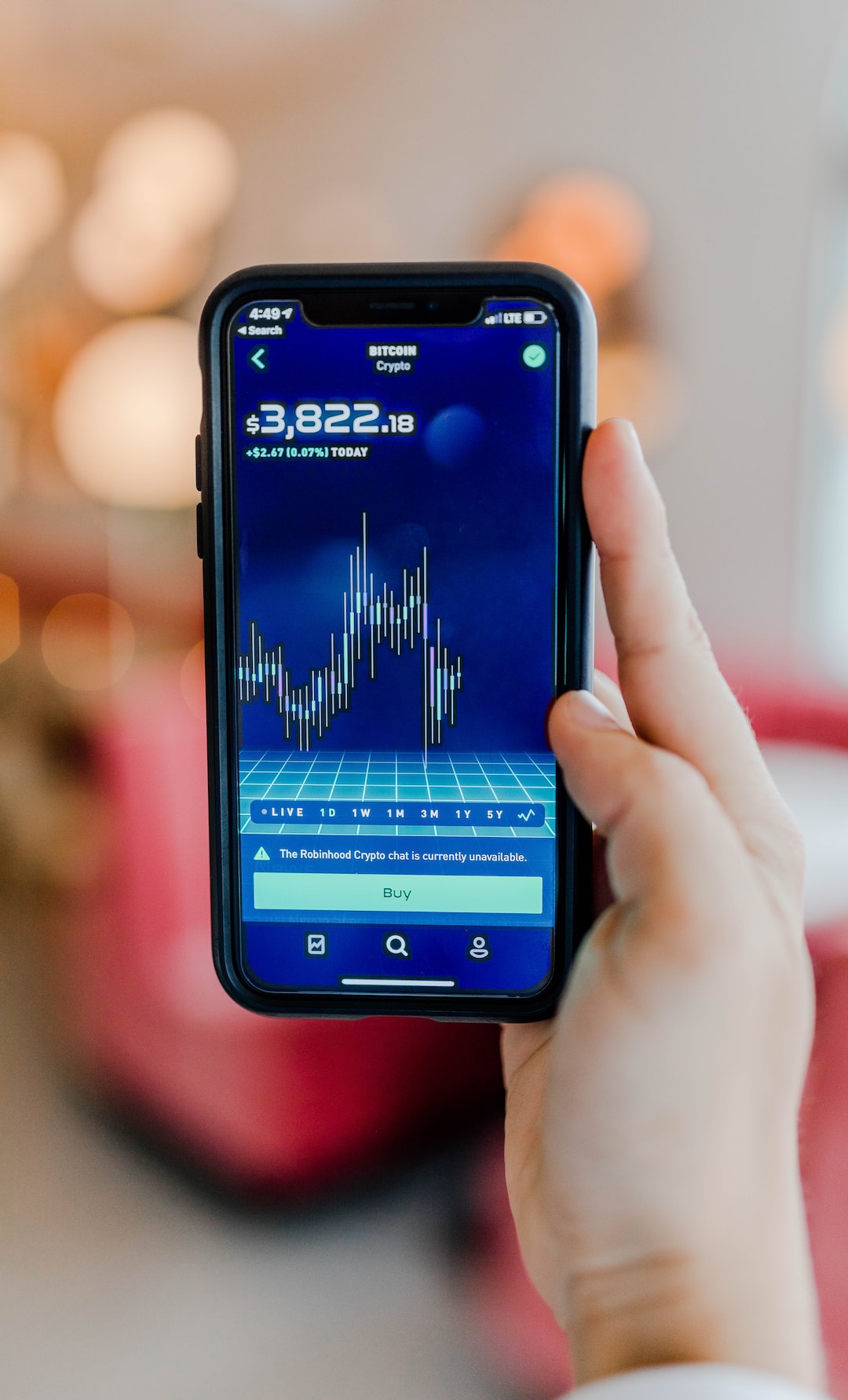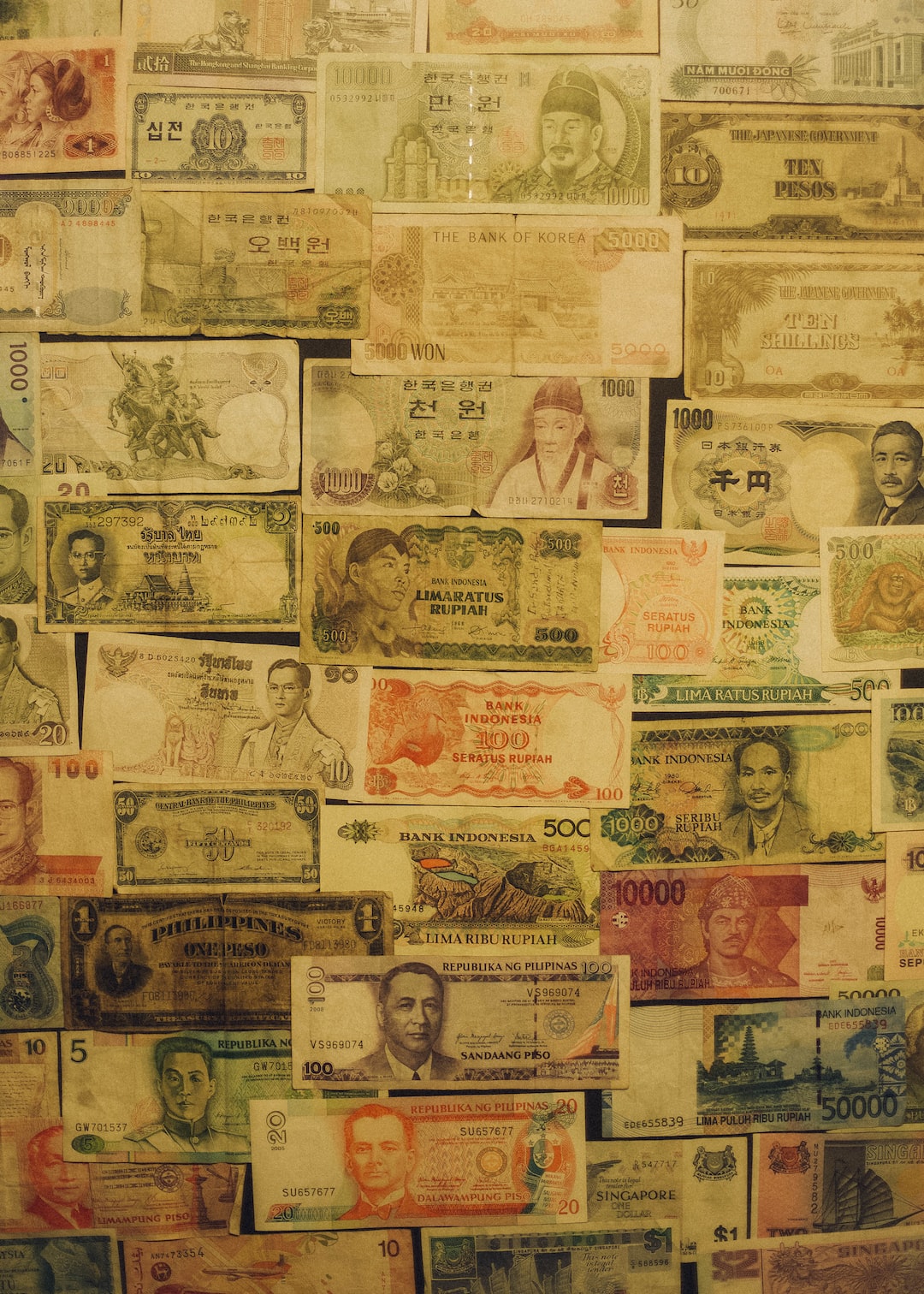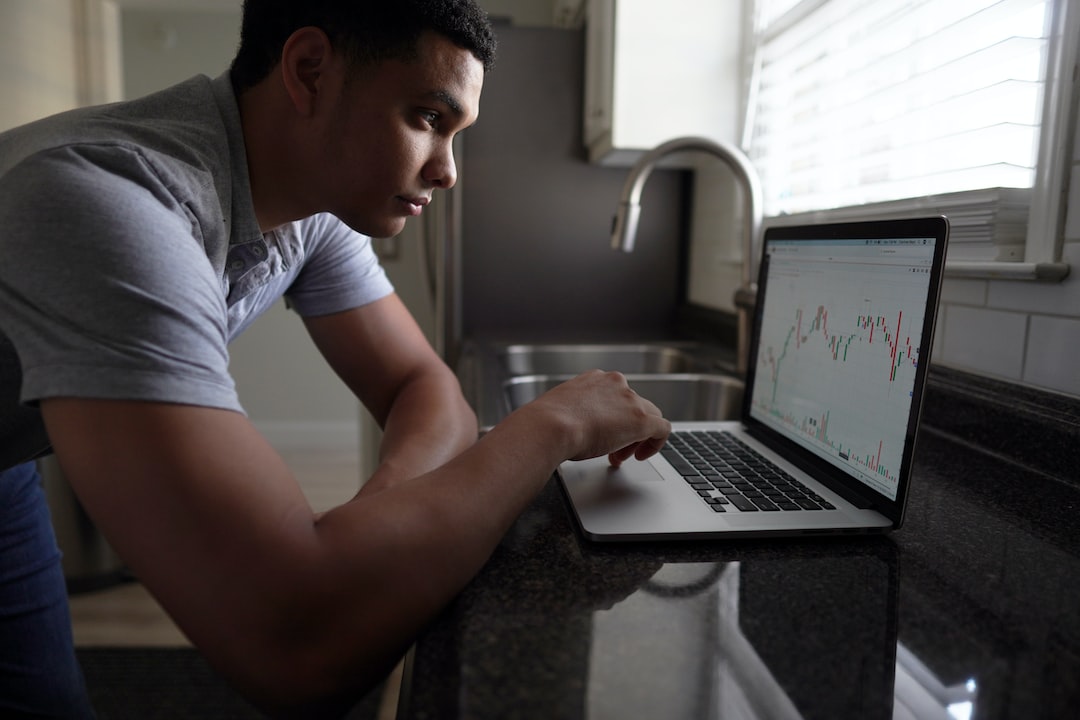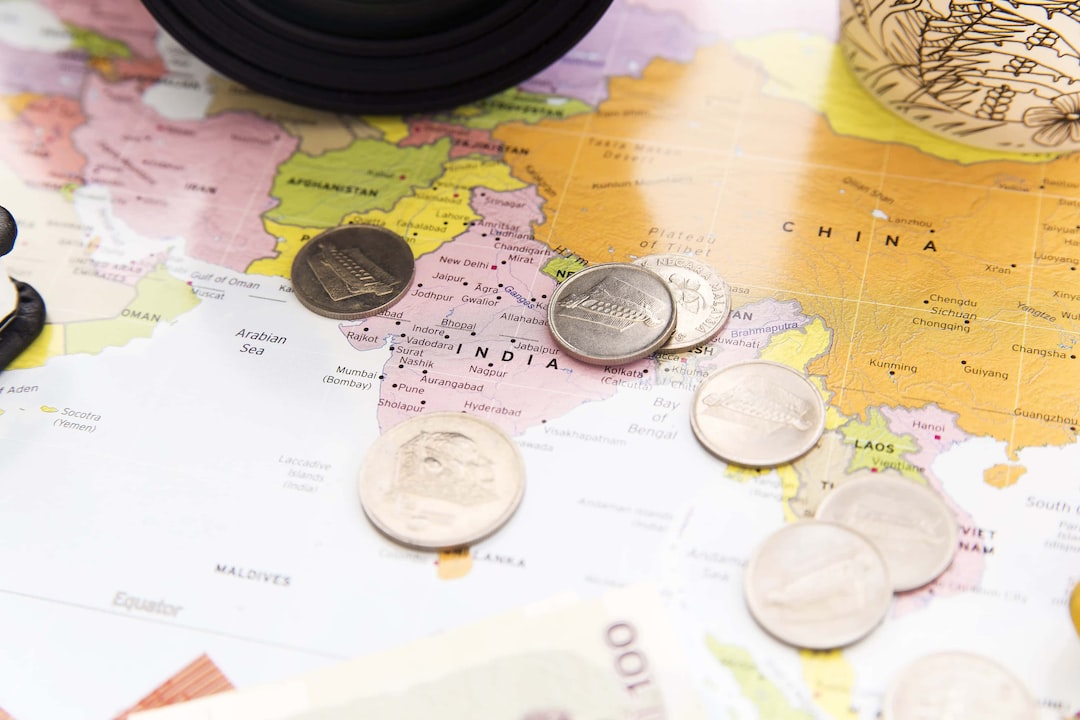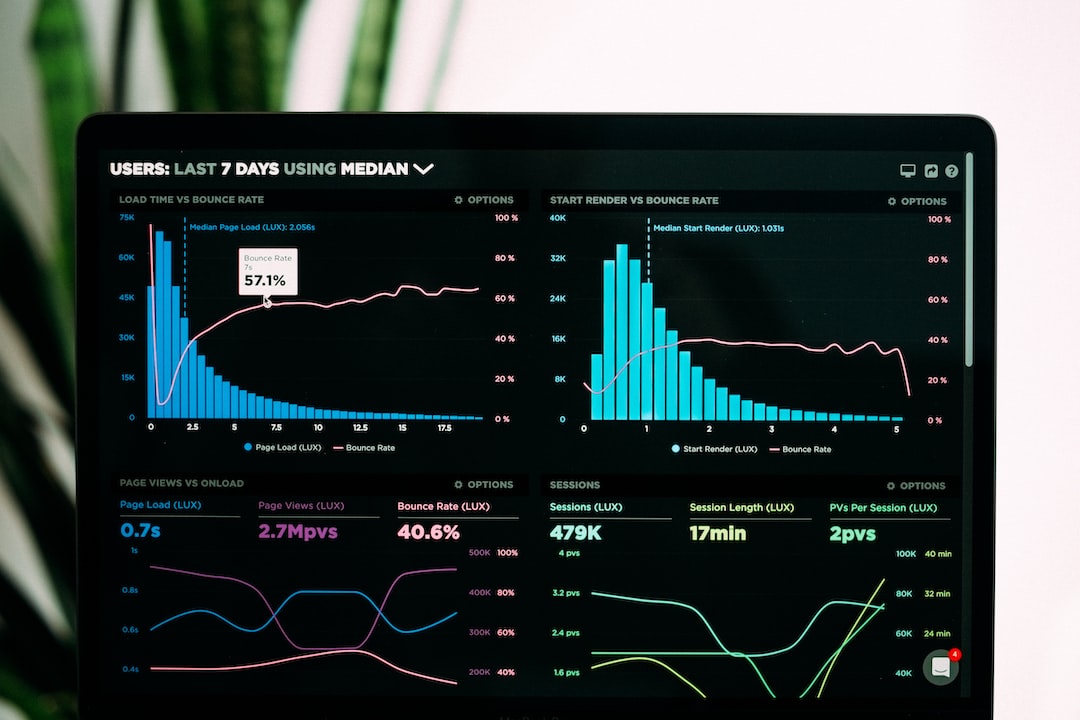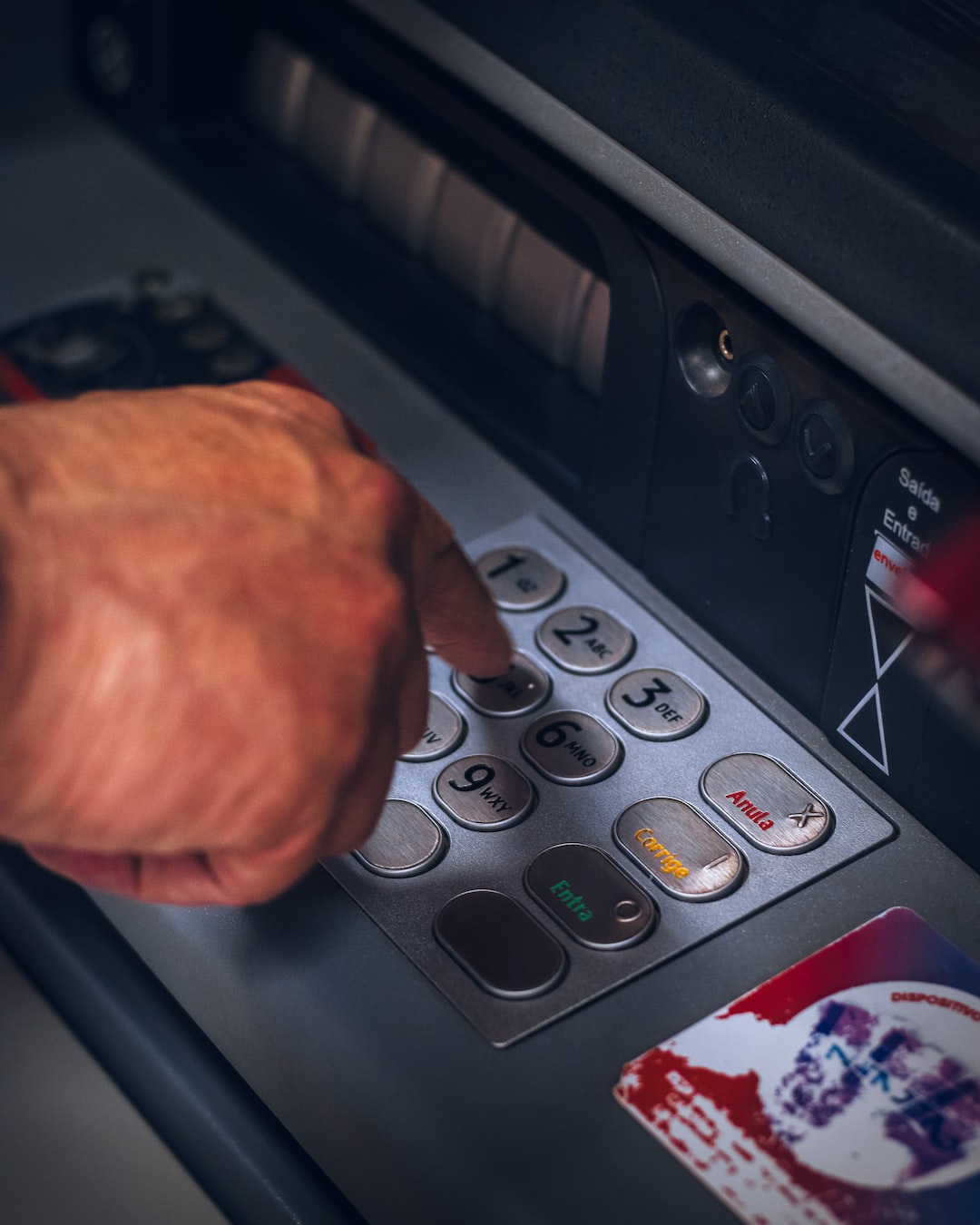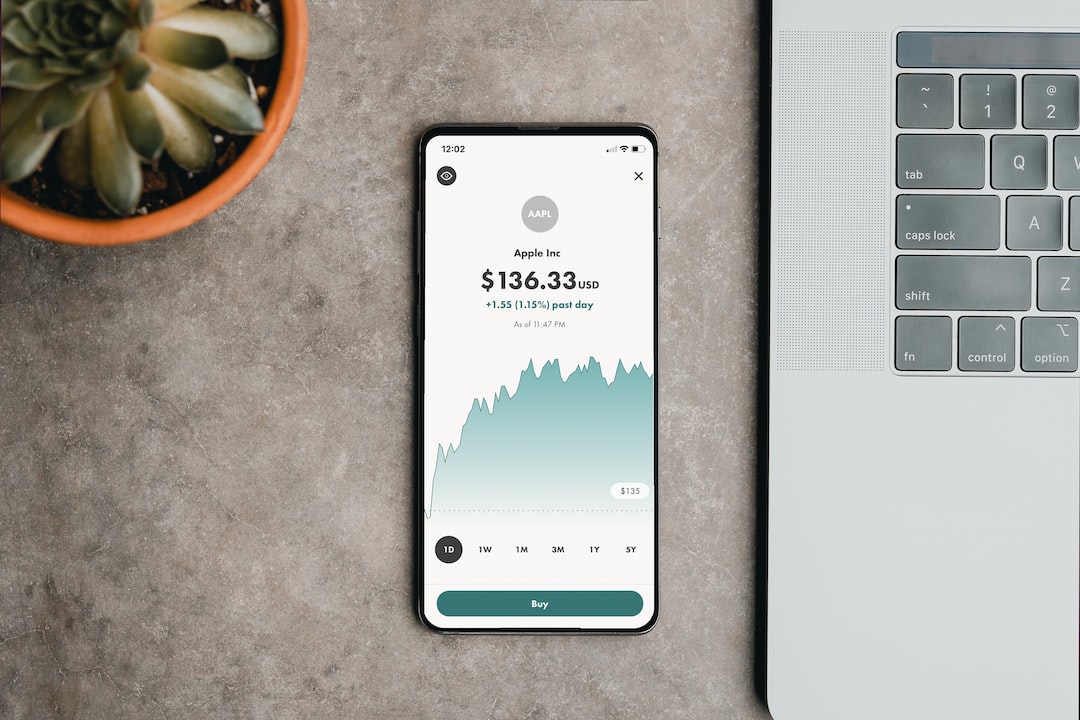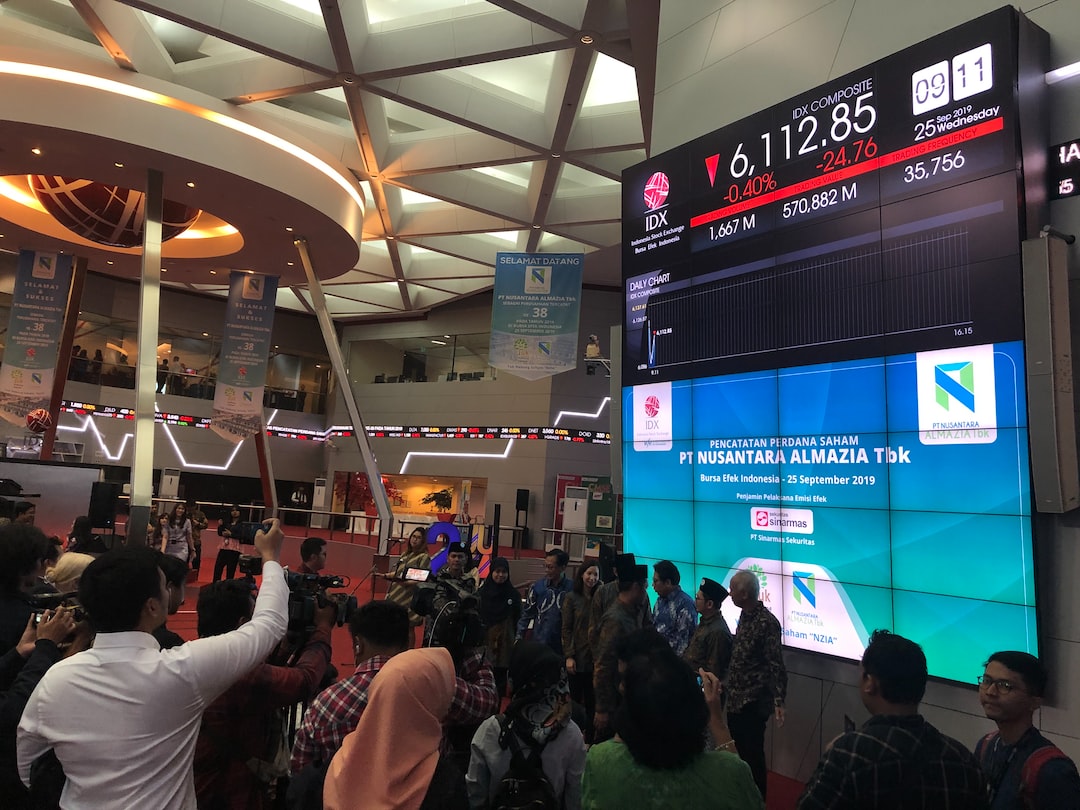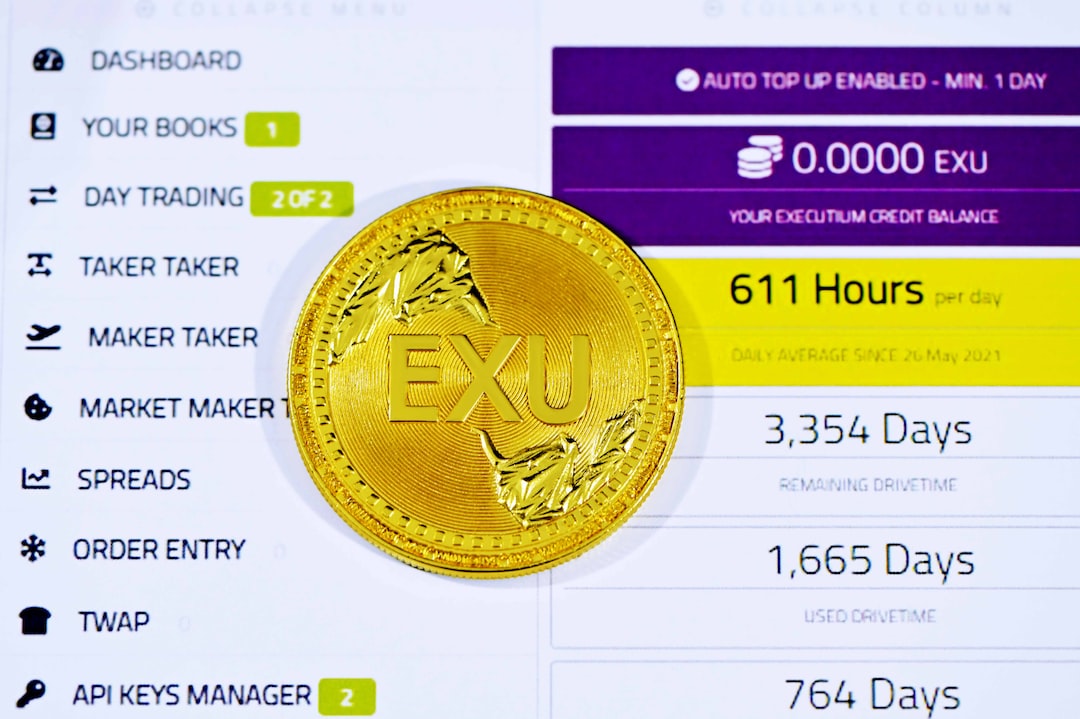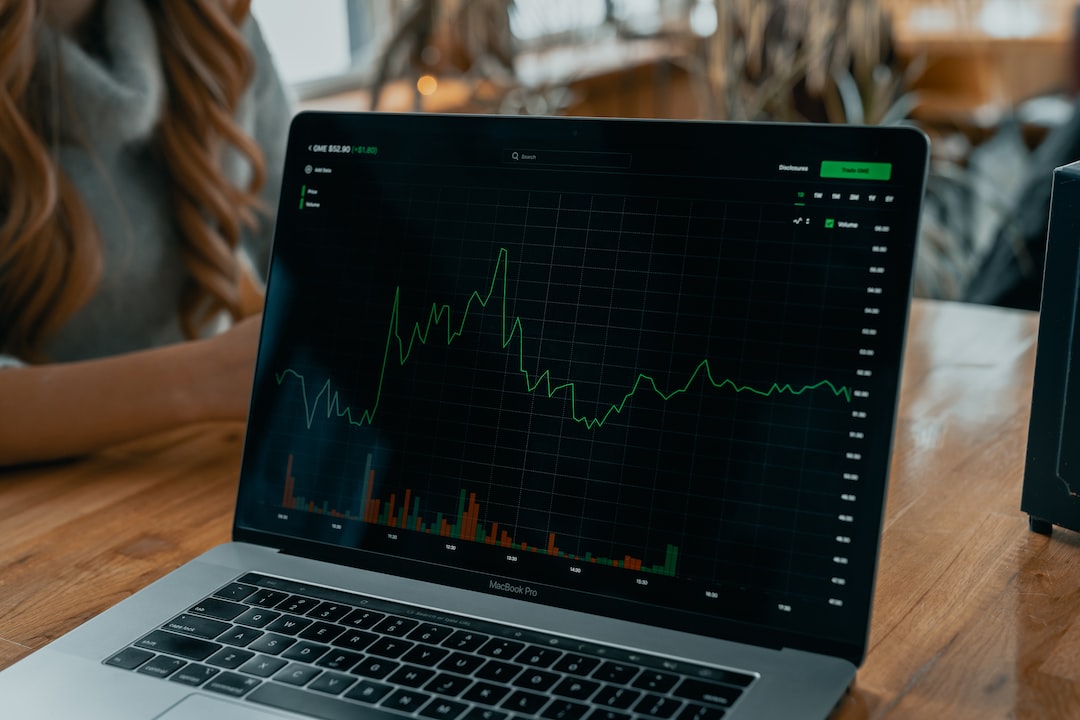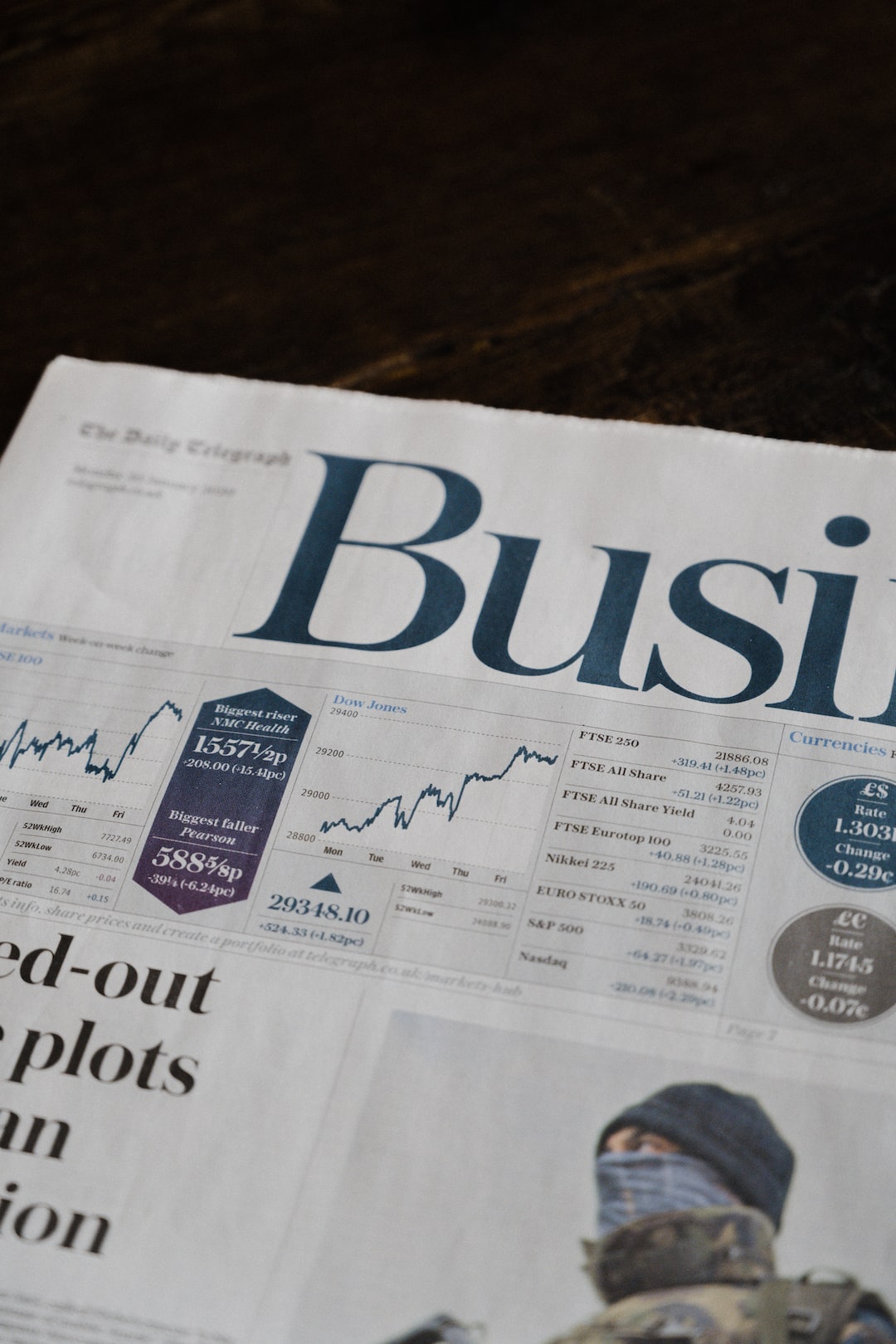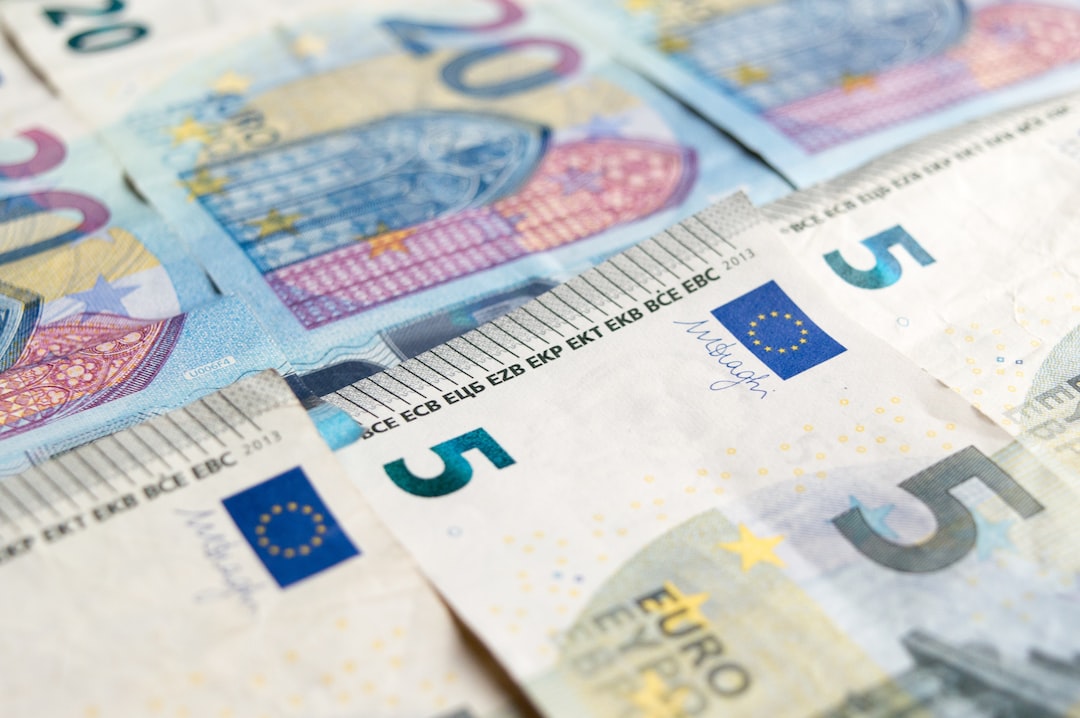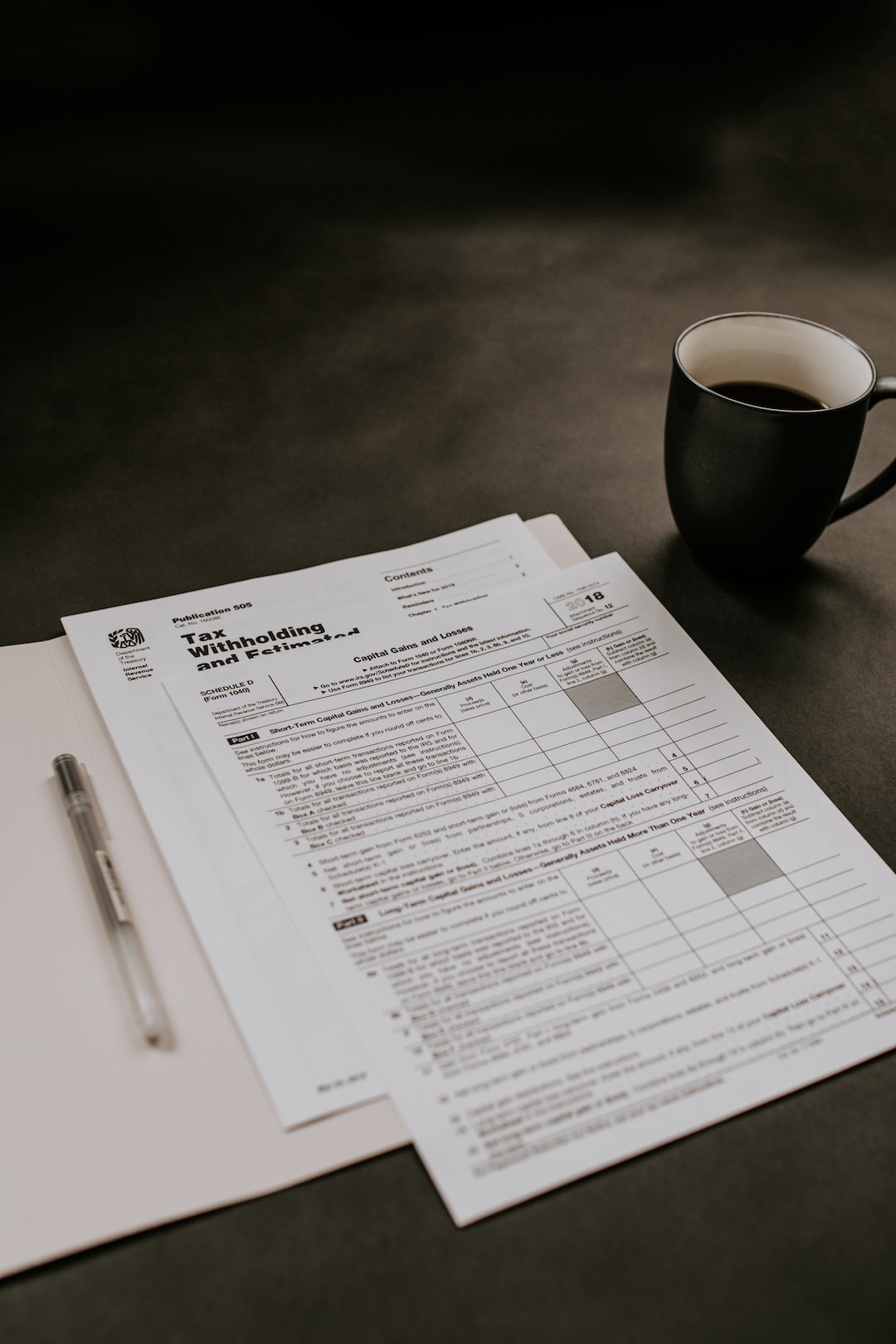Forex Trading How To: Tips and Tricks from Successful Traders
Forex trading, or foreign exchange trading, is the buying and selling of currencies in the global marketplace. With over $6 trillion traded every day, it offers immense potential for profit. However, it is also a highly volatile and complex market that can be challenging for beginners. To help you navigate the world of forex trading, we have gathered some tips and tricks from successful traders. These insights will provide you with a solid foundation to build upon and improve your trading skills.
1. Education is Key
Before diving into the forex market, it is crucial to educate yourself. Take the time to understand the basic concepts, terminologies, and trading strategies. Familiarize yourself with technical analysis, fundamental analysis, and risk management techniques. There are numerous online courses, webinars, and educational resources available that can help you gain valuable knowledge. Remember, the more you learn, the better equipped you will be to make informed trading decisions.
2. Develop a Trading Plan
Successful traders always have a well-defined trading plan. A trading plan outlines your goals, risk tolerance, preferred trading style, and strategies. It helps you stay disciplined and focused amidst market fluctuations. Your plan should include entry and exit points, stop-loss orders, and profit targets. Stick to your plan and avoid making impulsive decisions based on emotions. Consistency and discipline are key to long-term success in forex trading.
3. Start Small and Gradually Increase Your Position Size
When starting out in forex trading, it is advisable to start with a small trading account. This allows you to gain experience and build confidence without risking large amounts of capital. As you become more comfortable and profitable, you can gradually increase your position size. Remember, it is better to grow your account slowly and steadily rather than risking large sums of money early on.
4. Use Risk Management Strategies
Risk management is one of the most important aspects of forex trading. Successful traders understand the importance of preserving capital and managing risk effectively. One common risk management strategy is to never risk more than 1-2% of your trading account on any single trade. This helps protect your account from significant losses and allows you to survive losing streaks. Additionally, using stop-loss orders is crucial to limit potential losses and protect your profits.
5. Stay Informed and Analyze Market Trends
Forex trading is heavily influenced by economic and geopolitical events. Stay informed about economic indicators, central bank decisions, and political developments that can impact currency movements. Economic calendars, news websites, and financial publications can provide you with valuable information and insights. Additionally, technical analysis tools such as charts, indicators, and patterns can help you identify trends and make informed trading decisions.
6. Embrace Technology and Use Trading Tools
The advancements in technology have revolutionized forex trading. Take advantage of trading platforms, charting software, and trading tools to enhance your trading experience. These tools provide you with real-time data, technical analysis capabilities, and automated trading options. However, remember that technology is a tool, and it should not replace your own analysis and decision-making process.
7. Learn from Your Mistakes and Keep a Trading Journal
Every trader makes mistakes, and it is crucial to learn from them. Keep a trading journal to record your trades, including entry and exit points, reasons for entering the trade, and the outcome. This helps you identify patterns, strengths, and weaknesses in your trading strategy. Regularly review your journal to make improvements and avoid repeating the same mistakes.
In conclusion, forex trading can be a rewarding venture if approached with the right mindset and strategies. Educate yourself, develop a trading plan, practice risk management, and stay informed about market trends. Embrace technology and use trading tools to your advantage. Most importantly, learn from your mistakes and continuously improve your trading skills. By following these tips and tricks from successful traders, you can increase your chances of success in the forex market.



